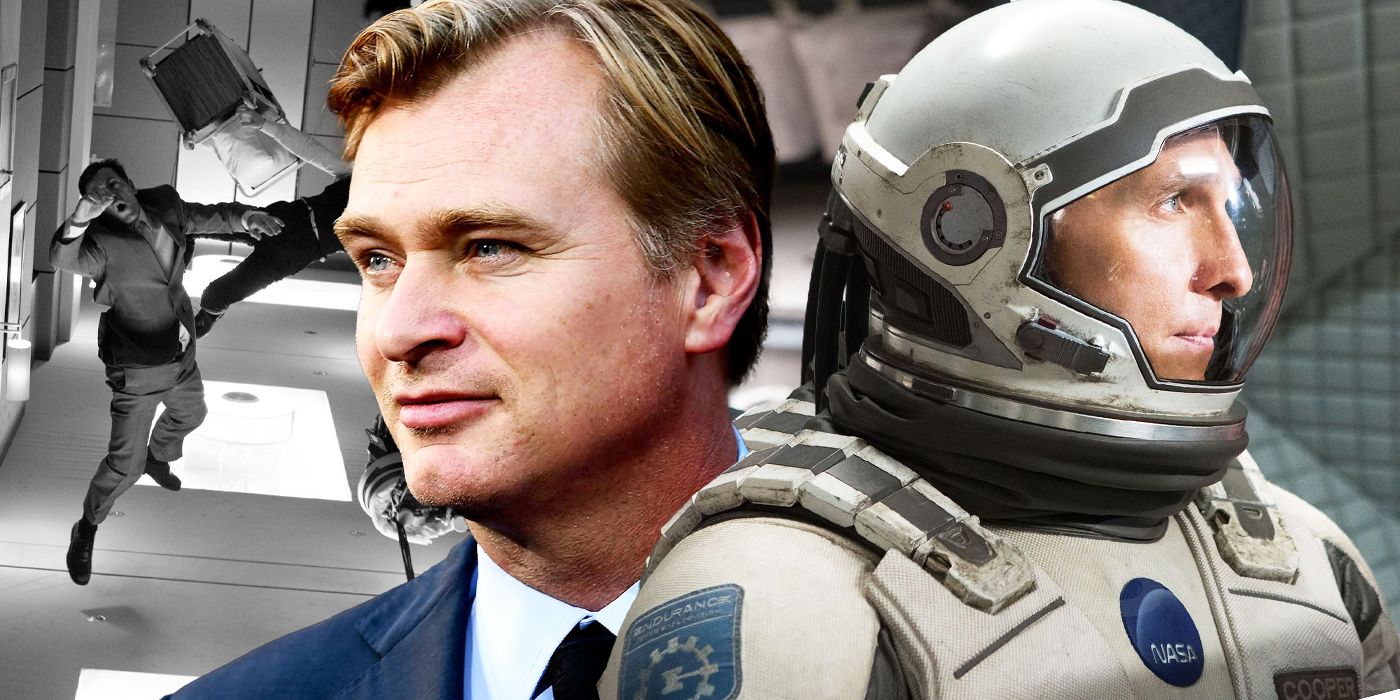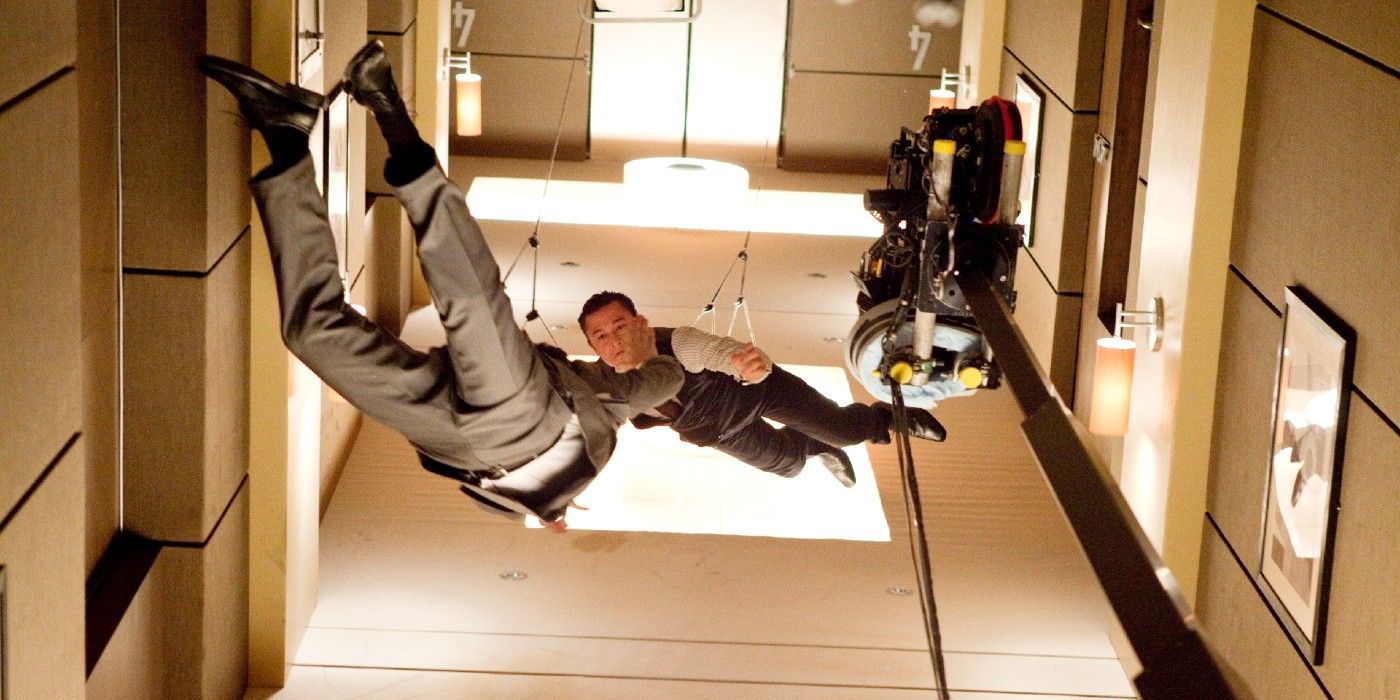Christopher Nolan’s movies are a visual spectacle, so it comes as a surprise that he isn’t fond of using CGI – and here’s why. Christopher Nolan has become one of the most respected and popular filmmakers in the film industry and with good reason. Nolan’s narrative and visual style have been praised by critics and viewers since his first movie, and he has become best known for exploring complex topics and combining them, such as time, identity, memory, and even dreams, as he did in Inception.
Nolan’s career as a filmmaker began in the late 1980s with short films, and his first full-length feature was Following, a neo-noir crime movie released in 1998. However, Nolan became widely known for his following project: Memento (2000), a neo-noir thriller told in a nonlinear style with the events told chronologically presented in black and white and the rest shown in reverse order. Memento opened many doors for Nolan, whose subsequent projects became bigger and more complex, not only in terms of story and characters but also visually, and his movies have become true visual spectacles, as is the case of Interstellar and Tenet.
Nolan’s filmmaking style has stood out for his use of real locations rather than shooting in a studio, his use of experimental soundscapes, mathematically inspired images and concepts, his exploration of existential and epistemological themes, complex characters, and for preferring to shoot on film rather than digital, as do many other filmmakers. Another particularity, which might come as a surprise to some given the stunning visuals and special effects in his movies, is that Nolan isn’t really into using CGI, and chooses to minimize the amount of it in his movies, choosing practical effects instead.
Although he’s not against CGI, Nolan isn’t fond of using it in his movies and definitely doesn’t rely on it for the visual effects he wants to achieve. Nolan has chosen to minimize the use of CGI for special effects in his movies and instead uses it as a tool to enhance his use of practical effects and what he has already photographed in camera. Nolan has even explained that he believes there’s “an absolute difference between animation and photography”, and no matter how advanced and sophisticated CGI is, if it doesn’t come from a physical element and you haven’t shot anything, then “it’s going to feel like animation”. Visual effects supervisor Paul Franklin, who worked with Nolan in Batman Begins, The Dark Knight, and Inception, told Wired in 2010 that Batman Begins and Inception had only about 620 and 500 shots of visual effects, which is minor compared to most sci-fi movies with around 1500-2000 VFX shots, as their goal was to “build on the existing reality that’d already been filmed”.
Scenes like the zero-gravity one in Inception, the truck flipping in The Dark Knight, and even most scenes in Interstellar are all the result of camera tricks, projections, special sets, and more, which only make them more fascinating and entertaining. Nolan’s use of practical effects and minimal CGI also has an impact on the actors on set, as it makes it a lot easier for them to act like they are in certain places and situations when these are as real as possible, rather than having to imagine them as they will be added in post-production. This also elevates Christopher Nolan’s work as there are many scenes in his movies that are truly impressive achievements with no help of CGI, and using this as an enhancer of what he already shot is an excellent approach to it.


